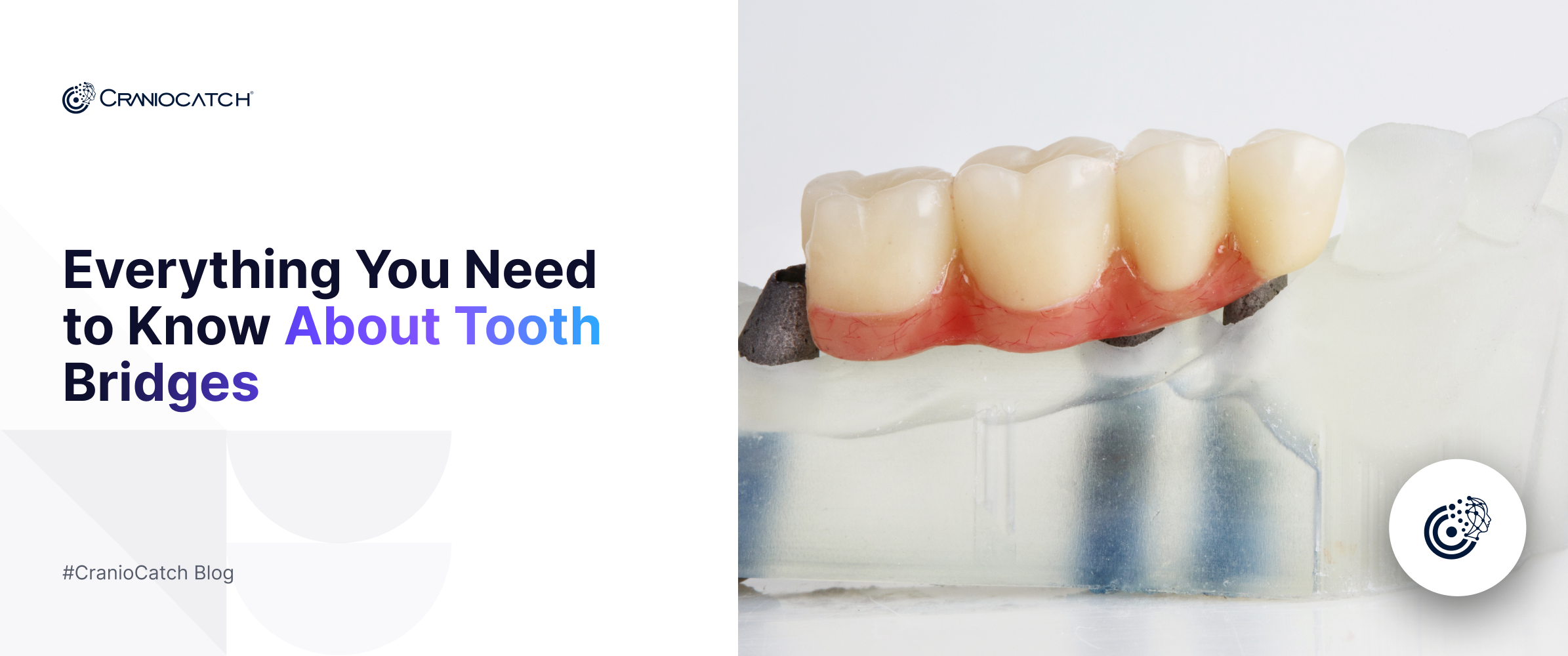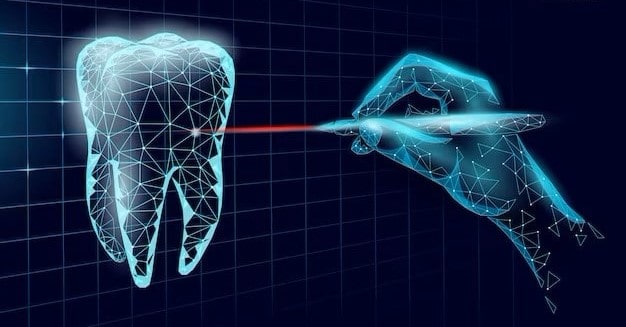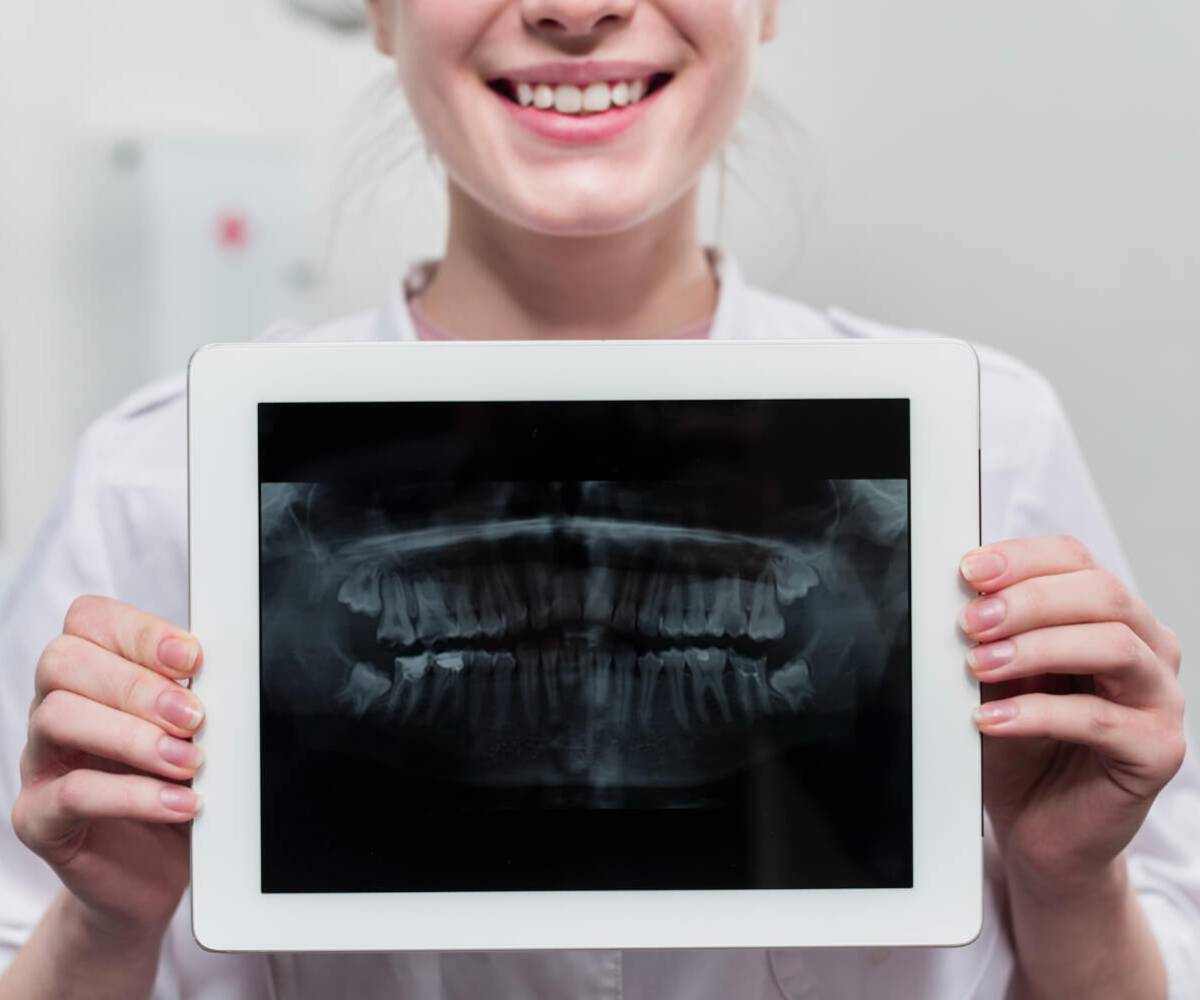Everything You Need to Know About Tooth Bridges
Tooth bridge is a dental restoration used to replace missing teeth by anchoring an artificial tooth to adjacent natural teeth or implants. Tooth bridges restore chewing function, improve aesthetics, and prevent nearby teeth from shifting out of alignment.
There are different types of tooth bridges, including single tooth bridge solutions for replacing a single missing tooth and bridge for front tooth options designed to enhance smile aesthetics. With modern AI-powered dental imaging, dental professionals can plan and fit bridges with greater precision, ensuring long-lasting and comfortable solutions.
In this guide, we will explore what is a tooth bridge, how it works, its different types, and whether a bridge tooth implant or a traditional bridge is the better option. We’ll also discuss the lifespan of tooth bridges and how AI for dental technology enhances bridge planning.
What Is a Tooth Bridge and How Does It Work?
What is a tooth bridge? A tooth bridge is a prosthetic dental structure that fills the gap created by missing teeth. This restoration method, also known as bridging tooth, consists of an artificial tooth supported by neighboring natural teeth or implants.
A tooth bridge has three key components:
- Pontic (Artificial Tooth): The replacement tooth that fills the gap.
- Abutments (Supporting Teeth): The natural teeth or implants holding the bridge in place.
- Bridge Framework: The structure connecting the pontic to the abutments.
Dental bridges are particularly useful for cases like a dental bridge for one tooth or a dental bridge front tooth, where aesthetics and function are crucial. The procedure involves reshaping supporting teeth, taking impressions, and customizing the bridge for a perfect fit. Bridge tooth implant options provide additional strength and longevity by securing the bridge to titanium implants instead of natural teeth.
Thanks to AI-powered dental imaging, dentists can now design tooth bridges with remarkable accuracy, improving both comfort and durability.Types of Tooth Bridges
There are several types of tooth bridges, each suited for different dental conditions:
Traditional Dental Bridge
A traditional dental bridge consists of an artificial tooth held in place by crowns on adjacent natural teeth. This is one of the most common methods for replacing missing teeth.
Cantilever Dental Bridge
A cantilever bridge is used when only one adjacent tooth is available for support. While it is less stable than a traditional bridge, it can be a viable option in specific cases.
Maryland Dental Bridge
A Maryland bridge is a conservative option that uses a metal or porcelain framework bonded to the back of adjacent teeth instead of full crowns. This method is often used for a bridge for front tooth, where minimal tooth alteration is preferred.
Implant-Supported Bridge
A bridge tooth implant is anchored by dental implants rather than natural teeth. This option is highly durable and prevents bone loss, making it a superior long-term solution.
Each tooth bridge type has its benefits, and the best choice depends on the patient’s oral health and personal needs.
When Is a Dental Bridge Needed?
A tooth bridge is recommended in the following cases:
- Replacing missing teeth to restore chewing and speaking abilities.
- Preventing teeth from shifting, which can lead to misalignment and bite issues.
- Improving aesthetics by filling visible gaps, especially with a dental bridge front tooth.
- Enhancing jaw stability to prevent bone loss and maintain facial structure.
If left untreated, missing teeth can cause jawbone deterioration and increased stress on remaining teeth. A dental bridge for one tooth or multiple teeth can significantly improve oral health.
What Is Better, Bridge or Implant?
Choosing between a tooth bridge and an implant depends on various factors:
|
Feature |
Tooth Bridge |
Dental Implant |
|
Durability |
10-15 years |
20+ years |
|
Bone Preservation |
Does not prevent bone loss |
Prevents bone loss |
|
Procedure Time |
Shorter (2-3 weeks) |
Longer (3-6 months) |
|
Cost |
More affordable |
Higher initial cost |
While a bridge for front tooth may be a quicker and cost-effective solution, bridge tooth implant options offer superior longevity and bone support. Your dentist will recommend the best option based on your oral health and budget.

How Long Can a Tooth Bridge Last?
A tooth bridge typically lasts between 10 to 15 years, depending on:
- Oral hygiene – Regular brushing, flossing, and dental check-ups extend lifespan.
- Material quality – Porcelain and zirconia bridges last longer than metal-based ones.
- Bite pressure – Excessive grinding or chewing hard foods can shorten the bridge’s lifespan.
AI-Powered Dental Imaging for Tooth Bridge Planning
AI-powered dental imaging is revolutionizing the way tooth bridges are planned and designed. Advanced AI for dental technologies provide:
- More accurate measurements, ensuring a perfect fit for bridges.
- Predictive analysis, helping dentists determine the best bridge type for long-term success.
- Enhanced treatment planning, reducing the risk of complications.
By integrating AI for dental solutions, clinics can offer high-precision, durable, and comfortable tooth bridges for their patients.

Conclusion
A tooth bridge is an effective way to restore missing teeth, improve aesthetics, and maintain oral health. Whether you need a dental bridge front tooth, a single tooth bridge, or a bridge tooth implant, modern AI-powered dental imaging ensures precise treatment planning and long-lasting results.
If you're considering a tooth bridge, consult a dentist to determine the best solution for your needs!s





 Contact Us
Contact Us

